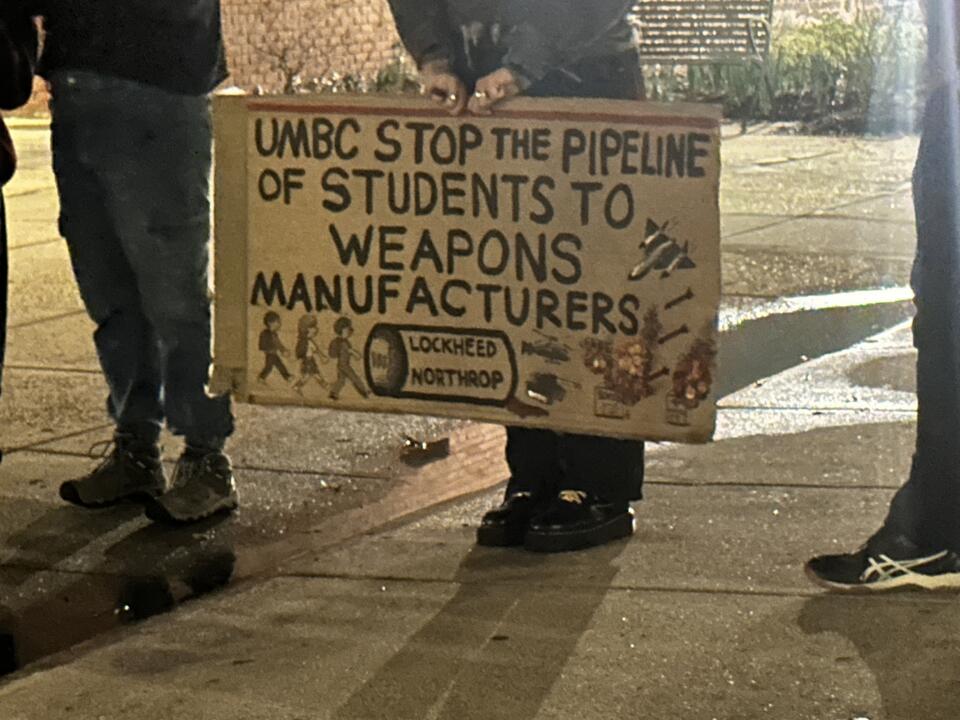Erin Lavik, chemical, biochemical and environmental engineering professor at UMBC, along with members of the Lavik Lab, a lab which collaborates with UMBC, have developed a blood-clotting agent that could potentially be used to quickly heal the wounds of soldiers overseas.
Lavik’s developments have allowed for a new blood-clotting agent that can withstand the high temperatures of combat zones. This has been made possible due to the creation of a new nano-particle containing polylactic acid, which gives the nano-particle the ability to hasten the formation of clots despite the extreme temperatures.
Lavik said, “when there is an injury, platelets become activated and begin to form a platelet plug. These particles help to form bridges between the activated platelets and form a plug more quickly.”
The military currently uses agents similar to Lavik’s, to reduce the risk of soldiers losing a fatal amount of blood before they can be given further medical attention. Problems with these agents arise when they are subjected to high temperatures, which are a common occurrence for soldiers stationed in hot climates such as in Afghanistan. As the temperature increases, so does the instability of the agents, rendering them ineffective and unable to help soldiers who have been wounded.
Lavik, whose new agent is designed to combat this setback, said, “early intervention is key for the best outcomes. Ideally, we would have something that could be deployed in the field, but for that to be possible, the material needs to be able to work at extreme temperatures without melting or being compromised.”
The new agent has undergone various experiments to test its function, all of which have led to the success of the agent. The next stage was to test the stability of the nano-particles in high temperatures, since this has been the main issues of blood-clotting agents while being used overseas. Lavik said, “we had to work through optimizing things like the structure of the particles and the density of peptides that bind to activated platelets. Now, we’re looking at how thermally stable the particles can be.”
In order to do this the nano-particles were heated to 50 degrees Celsius, or 122 degrees Fahrenheit. They were kept at this temperature for one week and then tested again. The data gathered from these experiments showed the agents were able to function at the same caliber as when they were not heated.
Further testing still needs to be done in order for the agent to be proven safe for humans, but the nano-particles have the capability to be used for more than just soldiers. Lavik said, “if it is successful in humans, ideally it would be available for treating bleeding in both military and civilian cases.”
Lavik and the Lavik Lab team have been working on this development for a number of years, but the work they have been doing so far points to success. “There are still a huge number of studies to determine if this has the potential to be safe and effective in humans, but our work so far is promising,” Lavik said.

